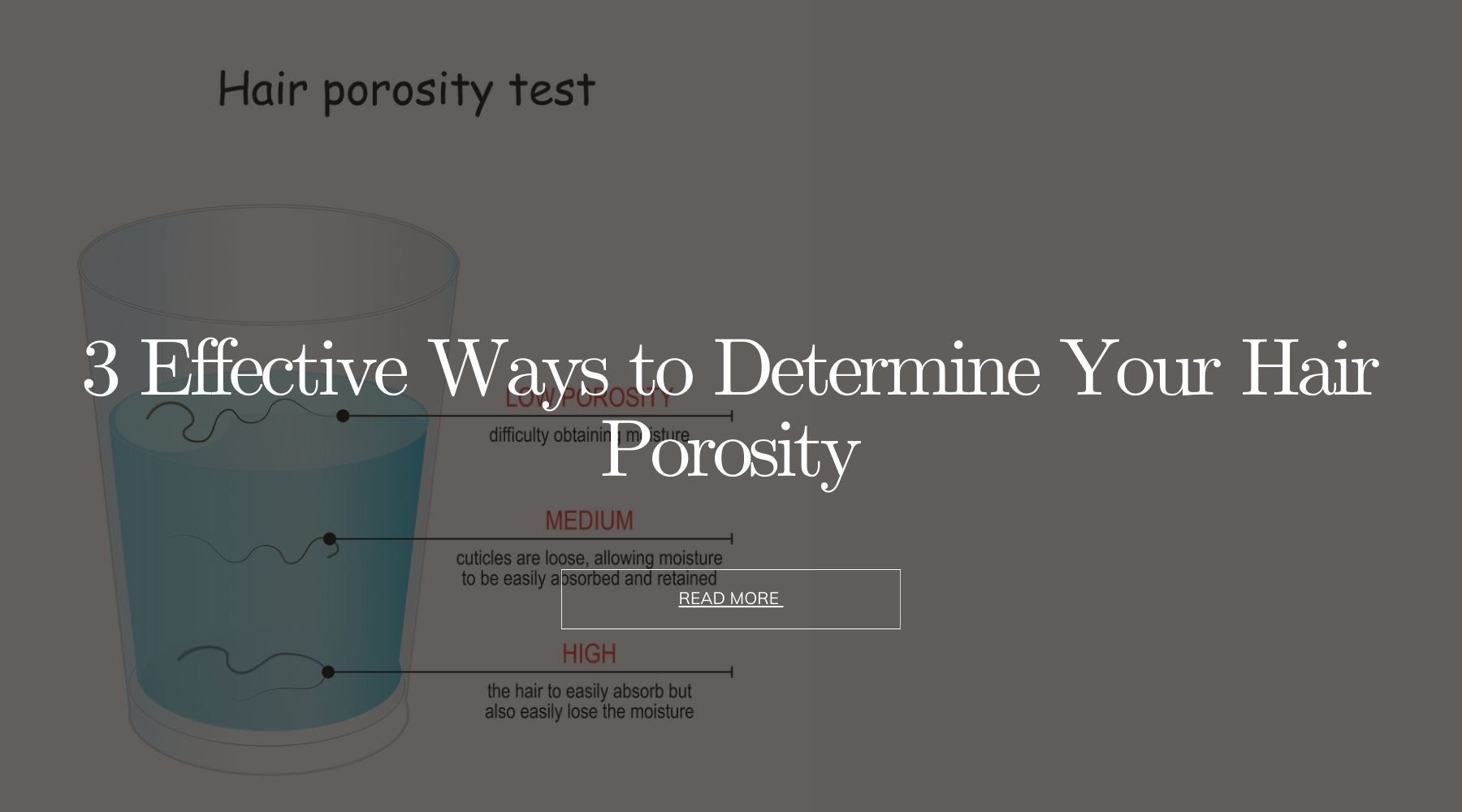Understanding your hair's porosity is crucial for developing an effective hair care routine. Porosity refers to your hair's ability to absorb and retain moisture, which can impact how you care for and style your locks. By determining your hair porosity, you can tailor your products and treatments to meet the specific needs of your hair. Here are three effective ways to determine your hair porosity:
1. The Float Test
The float test is a simple and popular method for determining your hair porosity. To perform this test, take a few strands of clean, dry hair and place them in a bowl of water. If your hair floats on the surface, you likely have low porosity hair, which means that your hair has difficulty absorbing moisture. If your hair sinks to the bottom, you may have high porosity hair, which absorbs moisture quickly but struggles to retain it. If your hair floats somewhere in the middle, you likely have normal porosity hair, which means that your hair absorbs and retains moisture effectively.
2. The Slip 'n' Slide Test
The slip 'n' slide test involves running a finger along a strand of your hair from end to root. If your fingers move smoothly along the hair without any bumps or tangles, you likely have low porosity hair. This is because the cuticles are tightly closed, creating a smooth surface. If your fingers catch or feel rough as you slide them along the hair, you may have high porosity hair, as the raised cuticles create friction. If your fingers move along the hair with slight resistance, you likely have normal porosity hair, with cuticles that are neither too open nor too closed.
3. The Strand Test
The strand test involves observing how quickly your hair dries after washing. After washing and conditioning your hair, take note of how long it takes for your hair to air dry. If your hair dries quickly, you likely have high porosity hair, as the raised cuticles allow moisture to escape easily. If your hair takes a long time to dry, you may have low porosity hair, as the tightly closed cuticles slow down the drying process. If your hair dries at a moderate pace, you likely have normal porosity hair, with cuticles that strike a balance between open and closed.
By using these three methods, you can gain valuable insights into your hair's porosity and make informed decisions about your hair care routine. Remember that understanding your hair porosity is just the first step towards achieving healthy, beautiful hair. Experiment with different products and techniques to find what works best for your unique hair type.





